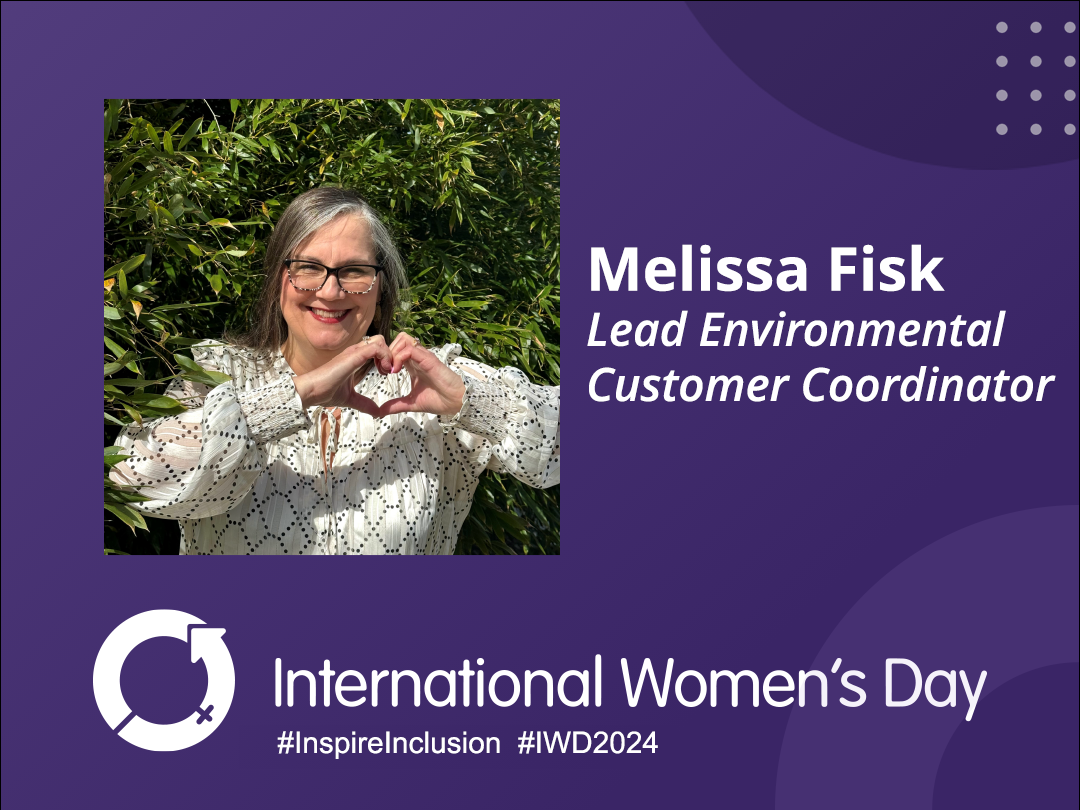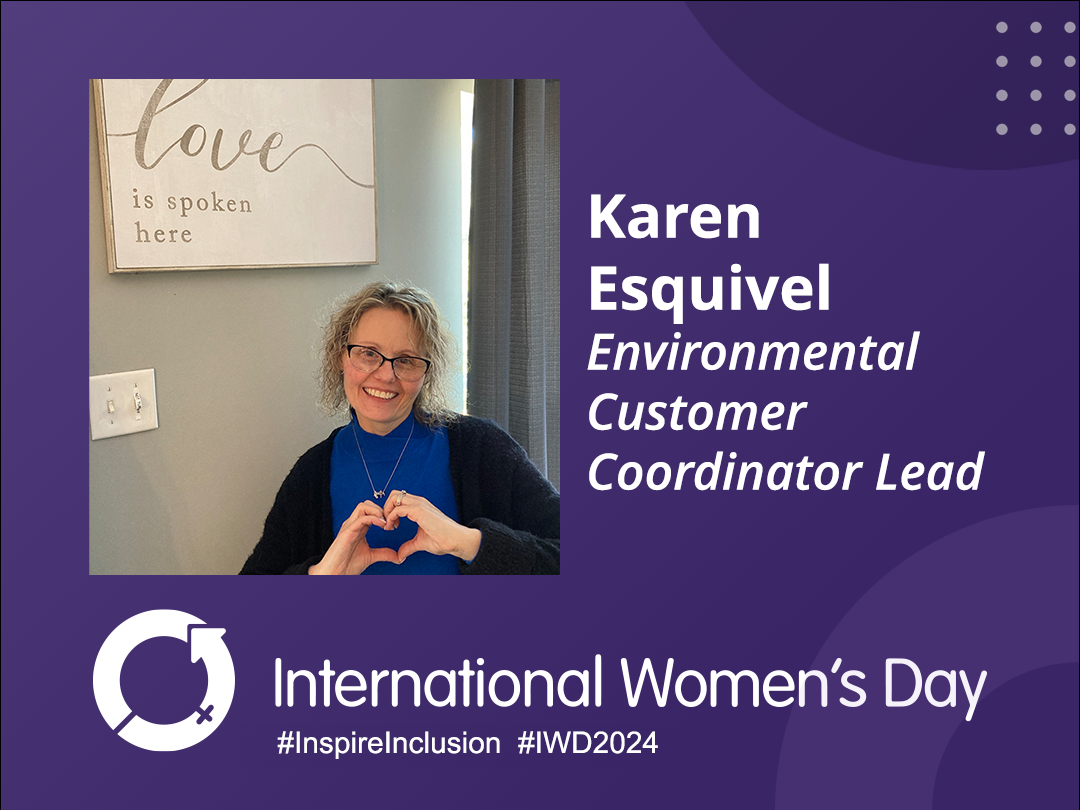According to the EPA, “The National Waste Minimization Program supports efforts that promote a more sustainable society, reduce the amounts of waste generated, and lower the toxicity and persistence of wastes that are generated.”[1] They are working to do this in a few different ways. Firstly, the EPA has a list of 31 “priority chemicals” that they are working to reduce. They are doing this by identifying where these chemicals are found in “our nation’s products and wastes [and] finding ways to eliminate or substantially reduce their use in production. If these chemicals cannot easily be eliminated or reduced at the source, [they] focus on recovering or recycling them.”[2]
In addition to working to eliminate the priority chemicals, the EPA has four major tools and projects they are supporting that help with waste minimization. These four main tools are lean manufacturing, energy recovery, environmental management systems (EMS), and green chemistry. Each of these is explained in more detail below.
What is Lean Manufacturing?
According to the EPA, “Lean manufacturing is a business model and collection of tactical methods that emphasize eliminating non-value added activities (waste) while delivering quality products on time at least cost with greater efficiency.” Engaging in lean manufacturing allows companies to “create a culture of continuous improvement, employee empowerment, and waste minimization.” What this means is that companies who support and implement lean manufacturing initiatives see benefits outside of the scope you might expect. [3]
What is Energy Recovery?
Energy recovery is done through a process called gasification. According to the EPA, “gasification converts carbon-containing materials, under high temperature and pressure, into synthesis gas… or syngas… Syngas can be used as a fuel to generate electricity or as a basic chemical building block for use in the petrochemical and refining industries. Syngas generally has a heating value that is approximately two-thirds that of natural gas and, when burned as fuel, produces emissions that are similar to natural gas. In the petroleum refining industry alone, about seven to ten million tons of hazardous byproducts containing carbon, currently managed under the Resource Conservation and Recovery Act (RCRA), could be converted into useable fuel or chemicals using gasification methods.” [4]
What are Environmental Management Systems?
The EPA defines Environmental Management Systems (EMS) as “a set of processes and practices that enable an organization to systematically assess and manage its environmental “footprint” – the environmental impact associated with its activities, products, and services.” Environmental management systems are variable in scope and practice but all have rather similar goals; to improve environmental performance by providing a company with the tools they need to manage their environmental activities and impacts in the most beneficial and cost effective manner.
The EPA lists several benefits of EMS including:
- Helping to comply with regulatory responsibilities and providing a way to address non-regulated environmental aspects like energy use and the conservation of resources;
- Facilitating the assessment of risks and liabilities;
- Increasing operating efficiency by creating standard operating procedures;
- Increasing the environmental awareness of employees;
- Potential for environmental and financial benefits; and
- Providing a competitive edge over competitors not using EMS. [5]
What is Green Chemistry?
The final of the four primary tools being used by the EPA for waste minimization is green chemistry. The EPA defines green chemistry as, “the design of chemical products and processes that reduce or eliminate the generation of hazardous substances.” Green chemistry prevents pollution at the molecular level and applies to all areas of chemistry. The result is “source reduction” because it actually prevents the generation of pollution. It also “reduces the negative impacts of chemical products and processes on human health and the environment, lessens and sometimes eliminates hazard from existing products and processes, [and] designs chemical products and processes to reduce their intrinsic hazards.” [6] We will talk more about Green Chemistry in a future post.
More News From Heritage
-
3/12/24
Equal Pay Day – Spotlighting Our Female Drivers
-
3/8/24
International Women’s Week Spotlight – Shannon Dippel
For International Women's Week, we're spotlighting some of the incredible women in the Heritage family. Our final spotlight is Shannon Dippel.
-
3/8/24
International Women’s Week Spotlight – Susan Adams
For International Women's Week, we're spotlighting some of the incredible women in the Heritage family. Our sixth spotlight is Susan Adams.
-
3/7/24
International Women’s Week Spotlight – Lea Wilson
For International Women's Week, we're spotlighting some of the incredible women in the Heritage family. Our fifth spotlight is Lea Wilson
-
3/7/24
International Women’s Week Spotlight – Melissa Fisk
For International Women's Week, we're spotlighting some of the incredible women in the Heritage family. Our fourth spotlight is Melissa Fisk.
-
3/6/24
International Women’s Week Spotlight – Taylor Harvey
For International Women's Week, we're spotlighting some of the incredible women in the Heritage family. Our third spotlight is Taylor Harvey
-
3/5/24
International Women’s Week Spotlight – Karen Esquivel
For International Women's Week, we're spotlighting some of the incredible women in the Heritage family. Our second spotlight is Karen Esquivel.
-
3/5/24
Heritage Environmental Services Announces HP Nanda as CEO; CEO Jeff Laborsky Transitions to Board of Directors
Heritage Environmental Services (“HES”) announced today that HP Nanda will join the organization as CEO.








